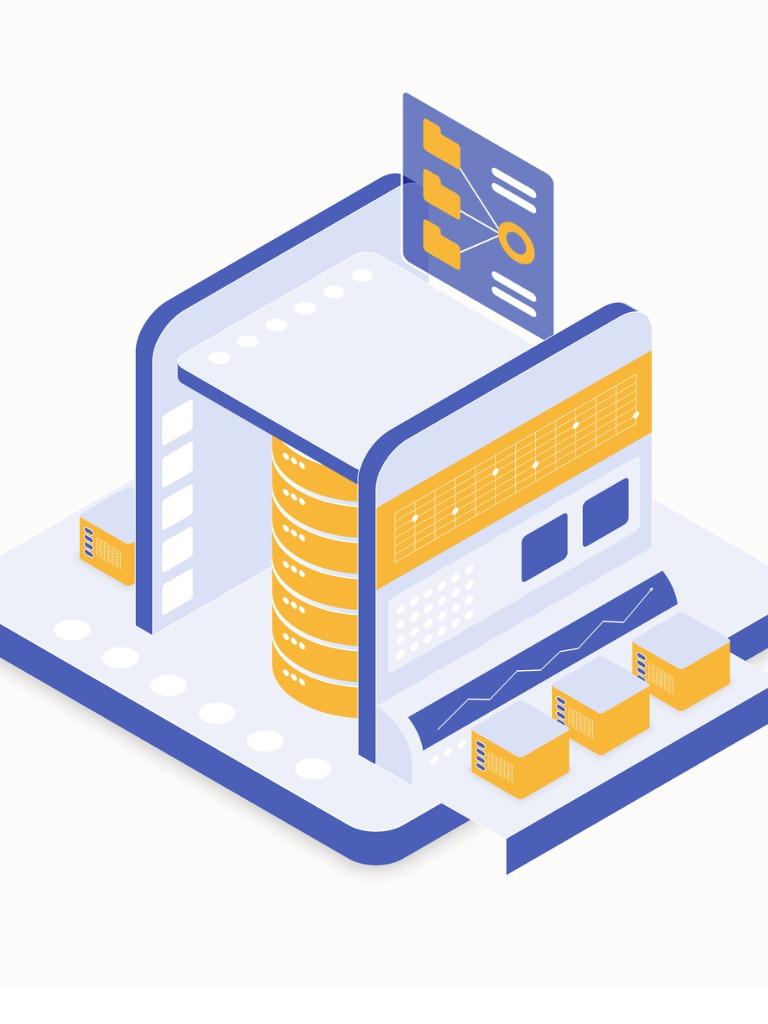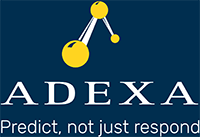What is a Unified Data Model for Supply Chain Planning and Manufacturing Execution?
Supply chain has many levels of planning, from high level network design and optimization all the way down to scheduling and sequencing of equipment, distribution and transportation. Much detail is needed at the lower levels of execution; and the right level of abstraction at the higher levels. Furthermore, these layers need to somehow “talk” to each other so that their output is a viable input and guideline to the next stage of more detailed planning. “Talking” is more than integration. It requires the same language, same cultures and understanding of one another. It is beyond so called integration which is streaming data. Thus, removing the chasm between planning and execution! For planning and execution to be compatible, there needs to be the same data model but at different levels of abstraction. Not two different disjointed systems that do not understand each other. In Gartner’s terminology it means going from stage 2 or 3 Maturity to Stage 5 Maturity. In other words, deploying Sales & Operation Execution (S&OE) for more accurate planning and digitalization.
Below are the benefits of having a unified data model for planning and execution:
- Start at high level of abstraction and add more detail as needed going from lower maturity levels to higher maturity levels without having to change the system or its implementation (Adexa Digital Blueprint©). Therefore, more and more accurate plans are generated and then executed automatically. That is having a true digital supply chain twin.
- One Touch© or a single point of integration, with other systems of record such as ERP, PLM and MES, for all levels: from network planning and optimization to resource sequencing
- Conversely, if lower levels of planning and scheduling is deployed at the factory level, then the system can automatically form higher planning engines such as supply chain planner and network optimizer automatically by forming necessary abstraction of data.
- A unified data model removes the barrier between planning and execution such that each level responds at its own level and time horizon continuously. Higher level planning kicks in as needed. This resembles how an autonomous vehicle functions where the users are not aware of the interaction or lack thereof between (say) GPS system and the shock absorbers. One at the highest level of planning and the other almost at the lowest level of execution responding in their own time-critical manner and autonomously.
- Finally, the cost of ownership and speed of implementation is drastically reduced by implementing one model and one point of integration. Moreover, think of the size and maintenance of master database which would be a lot simpler.
In conclusion, it should be emphasized that Unified Data Model is more than the so called “single data model.” The latter is one single model in memory representing the horizontal high-level model of the supply chain. However, unlike unified data model it cannot expand and contract to lower levels of detail and higher levels of planning. In other words, there is no vertical integration. For more information on this topic and other innovations from Adexa click: Adexa UDM.




